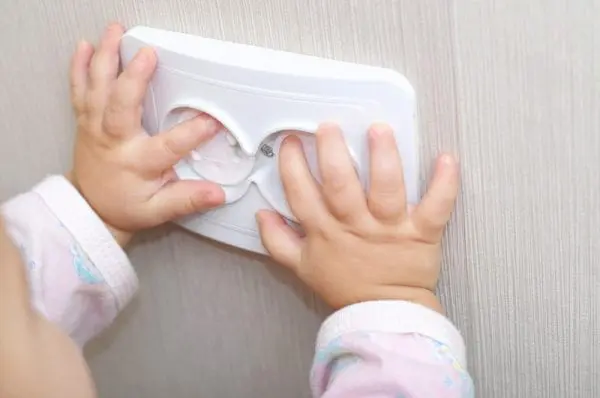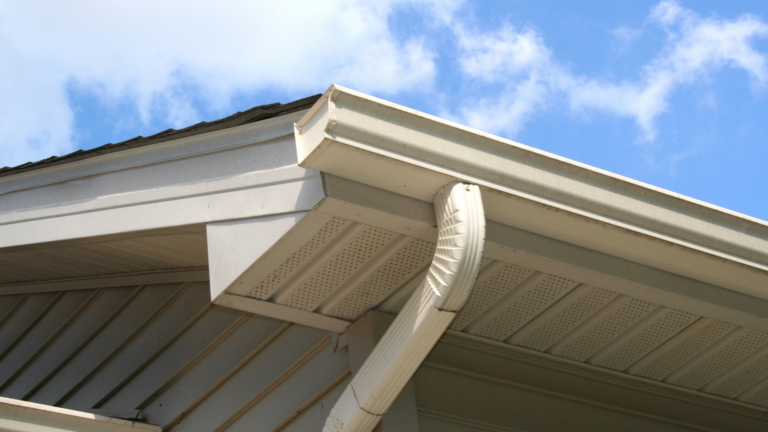Key Tips to Make Your Home Toddler-Safe
Children are always curious, and toddlers are especially so. They always like to explore, put things in their mouths, and stick their fingers in weird places. Even what seems to be a harmless room to you can become a minefield of dangers for toddlers.
Which is why we as parents must do everything we can to ensure that we protect our toddlers from injuries or accidents inside the house. Here, we will give you some essential tips to help keep your toddlers out of harm’s way while inside the house.
Scope Out the House
First things first… scope out your home. If you want to protect your toddlers better inside the house, you must get a baby’s eye of view of your home. Get down on your knees to see how things look from down there. When scoping out the house, you must ask yourself the following questions:
- What’s within your baby’s reach?
- What things could look tempting to them?
- If you were a baby, where would you like to crawl or walk?
By doing so, you’ll be able to figure out which weird places your baby might get into. As your baby starts to learn to walk and climb, you want to re-evaluate your house, looking higher each time.
Cover Electrical Outlets

Babies and toddlers like to stick their fingers in weird holes such as electrical outlets. It’s a good idea to cover these electrical outlets with plug-in caps so you can prevent your kids from getting electrocuted.
- Be sure to stick these plug-in caps properly so your kids won’t be able to remove them easily and put it in their mouth.
- You can also use sliding safety latches to replace those removable outlet covers to ensure that your kids are safe from electrocution.
- If there are exposed electrical outlets or cables inside your home, be sure to cover them with electrical tape as well.
Make Sure Your Furniture, Fixtures, and Appliances Won’t Tip Over
Large cabinets, heavy bookcases, appliances, dressers, and furniture could be dangerous to your to your toddlers, especially if they are not bolted to the wall. Here are some tips related to that:
- Push items like televisions to the back of the fixtures they’re on as much as possible so they can be out of reach of your kids. Don’t forget to secure them.
- Don’t leave your toddlers unattended, especially if they already know how to climb. They might scale up your cabinets, bookcases, counters, or anything else that they can grab on to.
- Always keep your dresser and cabinet drawers closed, especially when you’re not using them.
- Furniture corners can be dangerous for your kids. Cover all sharp corners of your furniture to at least soften the impact and reduce the pain in case your kids bump into them.
Install Gates
Installing gates is one of the best things you can do to make your home safe for toddlers. Why?
- Gates will allow you to open the outside doors while making sure that your kids will not go outside.
- They can also be used to contain your toddlers within a designated room and prevent them from wandering around the house, especially if you can’t watch them because you are doing something else.
- They also block your toddler’s access to dangerous stairways or forbidden rooms in your house such as the bathroom, garage or kitchen.
However, if gates become out-of-date or are not regularly checked, they can also be dangerous to your kids. Always look for gates that your toddlers won’t be able to dislodge, but that also allows you to open and close them easily.
Always Secure Your Doors and Windows
Keep in mind that more than 5,000 toddlers are injured each year after falling from windows. So if you don’t want your kids to end up falling from windows, you might want to secure them to ensure the safety of your children.
- Install door stops or door holders on your doors and door hinges to prevent your toddlers, especially their hands, from getting stuck and injured. Toddlers are vulnerable to injuries of their hands because their small fingers can easily get pinched or crushed by closing or opening doors.
- If you have double-hung windows, be sure to open them from the top or keep them secured by using locks so your kids won’t accidentally open them.
- For low windows, be sure install window stops so they can’t be opened more than four inches.
- Keep your furniture away from windows as much as possible to prevent your kids from climbing the windows.
Check Your Blinds and Curtains
Window blinds and curtains can prove to be dangerous to children, especially toddlers. A toddler might get his/her neck trapped in the cords that allow you lift the blinds or curtains. These could tragically strangle your kids in just a matter of minutes, so be very sure to check on them regularly.
- If possible, always use window coverings that don’t have cords on them on all your windows.
- Avoid placing your baby’s crib near a window so they won’t grab the window blinds.
- If your curtains have pull cords, be sure to cut the cords at least in half to keep out of reach from your kids.
Child safety should be the family’s priority in every home. As your babies grow, it is your responsibility to keep your home safe for them. Remove all the potential dangers and hazards that may harm your babies, especially if they are starting to learn to crawl, walk, climb. Use the tips mentioned above to make sure that every corner of your house is safe for your children, so you can feel confident every time your babies walk around your house. Click here to know more about the legalities of transportation and traffic law.
[su_box title=”About the Author” box_color=”#abbeef”]

Ashley Thompson is a promising young law writer. She hopes to apply her years of study into helping explain legal issues to the public. Ashley loves cooking and often cooks for her family during weekends[/su_box]









